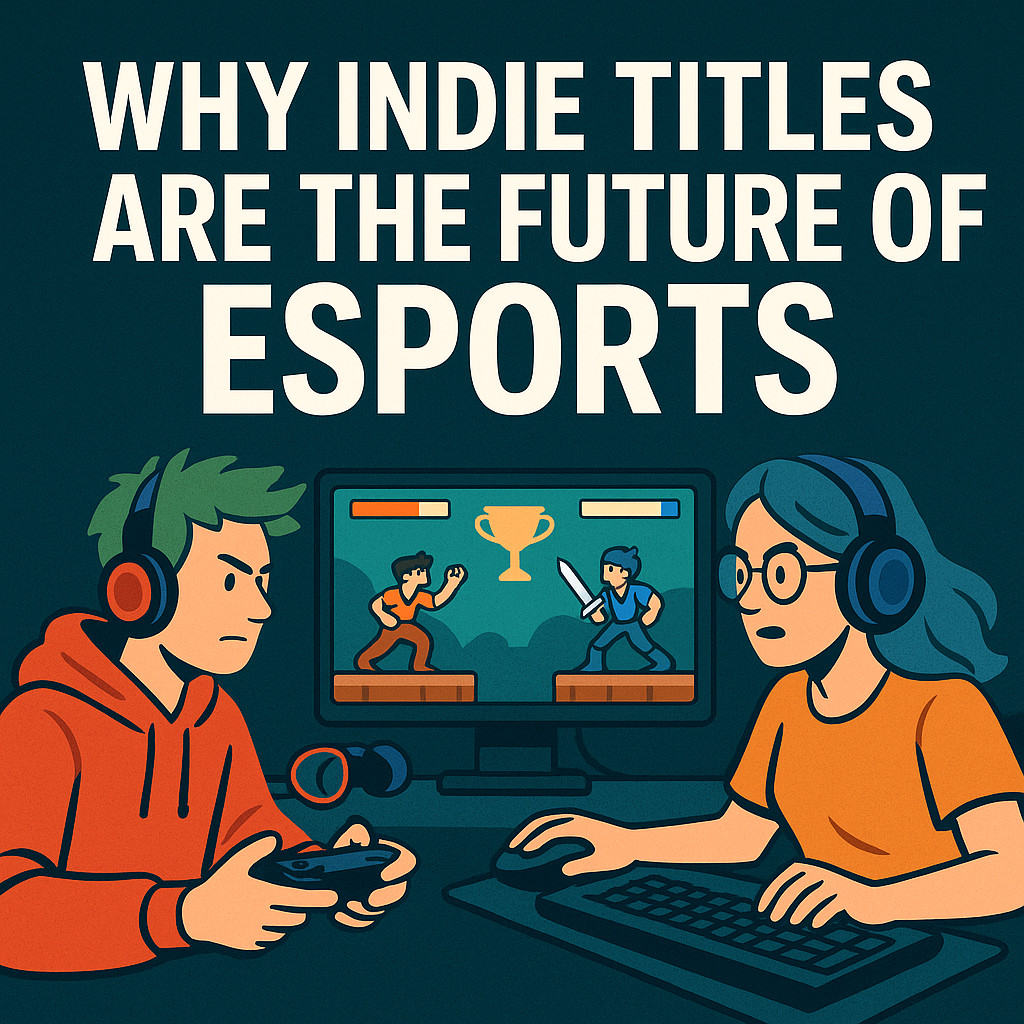When you hear the word “esports,” your mind probably jumps to titles like League of Legends, CS:GO, or Valorant—AAA behemoths backed by billion-dollar publishers. And sure, they’ve earned their seat at the table. But a quiet revolution is happening in the shadows—one that’s not funded by mega-budgets or flooded with marketing dollars. It’s scrappy, it’s community-driven, and it’s full of heart. Welcome to the rise of indie esports.
Not Just Games—Passion Projects That Turn Into Competitive Scenes
Indie games often start with a small team (or sometimes a single developer) and a lot of heart. Unlike corporate titles built by committee, indie games are often unfiltered expressions of design philosophies. Some of these titles, like Lethal League Blaze, TowerFall Ascension, or Rivals of Aether, weren’t necessarily created with esports in mind—but the community made them competitive anyway.
What happens when a game isn’t built to serve esports but evolves into one through raw community passion? You get events that feel less like corporate expos and more like underground music gigs—authentic, unpredictable, and full of love for the game.
Lower Barriers, Higher Innovation
Major esports titles tend to be protected ecosystems with high costs of entry—licensing issues, hardware demands, or steep learning curves. Indie titles flip that script.
- Lower cost: Most indie games are priced under $30, and many are even free.
- Accessibility: They tend to run on lower-end hardware, opening the door for more players globally.
- Room for creativity: Indie devs are free to innovate without publisher interference—leading to fresh game mechanics and styles.
The result? A wave of competitive titles that are as fun to watch as they are to play.
The Rise of Grassroots Tournaments
One of the most beautiful things about indie esports is how it leans into community. You don’t need a multimillion-dollar prize pool to make a tournament worth watching. You need passionate players, a Discord server, and maybe a Twitch stream. Boom—you’ve got an audience.
Events like The Rivals Championship Series or Slap City Invitationals often start small but quickly gain traction. What they lack in polish, they make up for in personality. These tournaments often become tight-knit communities where top players are just as likely to help newcomers as they are to crush them in a match.
Authenticity Over Flash
Indie titles don’t have to cater to sponsor obligations or mass appeal. That freedom translates to authenticity—something increasingly rare in a monetized, heavily branded esports world.
When streamers, commentators, and fans gather around an indie title, there’s a sense that everyone is there because they love it, not because it’s the “next big esport.” And that love is contagious.
Indie Doesn’t Mean “Small” Anymore
Let’s be clear: just because a title is “indie” doesn’t mean it can’t go big. Look at Rocket League. It started as a quirky indie project and is now a global esports phenomenon. Or Among Us, which exploded thanks to its grassroots popularity. The tools for success—streaming, social media, online play—are now democratized.
The next Smash Bros-level breakout could come from a two-person team working from their garage.
Final Thoughts
Indie games are more than just the future of esports—they’re its soul. In a time when much of the industry feels formulaic and monetized, indie titles remind us why we fell in love with games in the first place. With community-led growth, boundary-pushing ideas, and pure passion at the core, the indie scene isn’t just participating in the esports revolution—it’s leading it.


